Looking to buy a bike on a budget? Here's how to get the best out of your spend
Looking to buy a new bike with money very much an object? Here’s our advice so you don’t end up craving an upgrade six months after your purchase
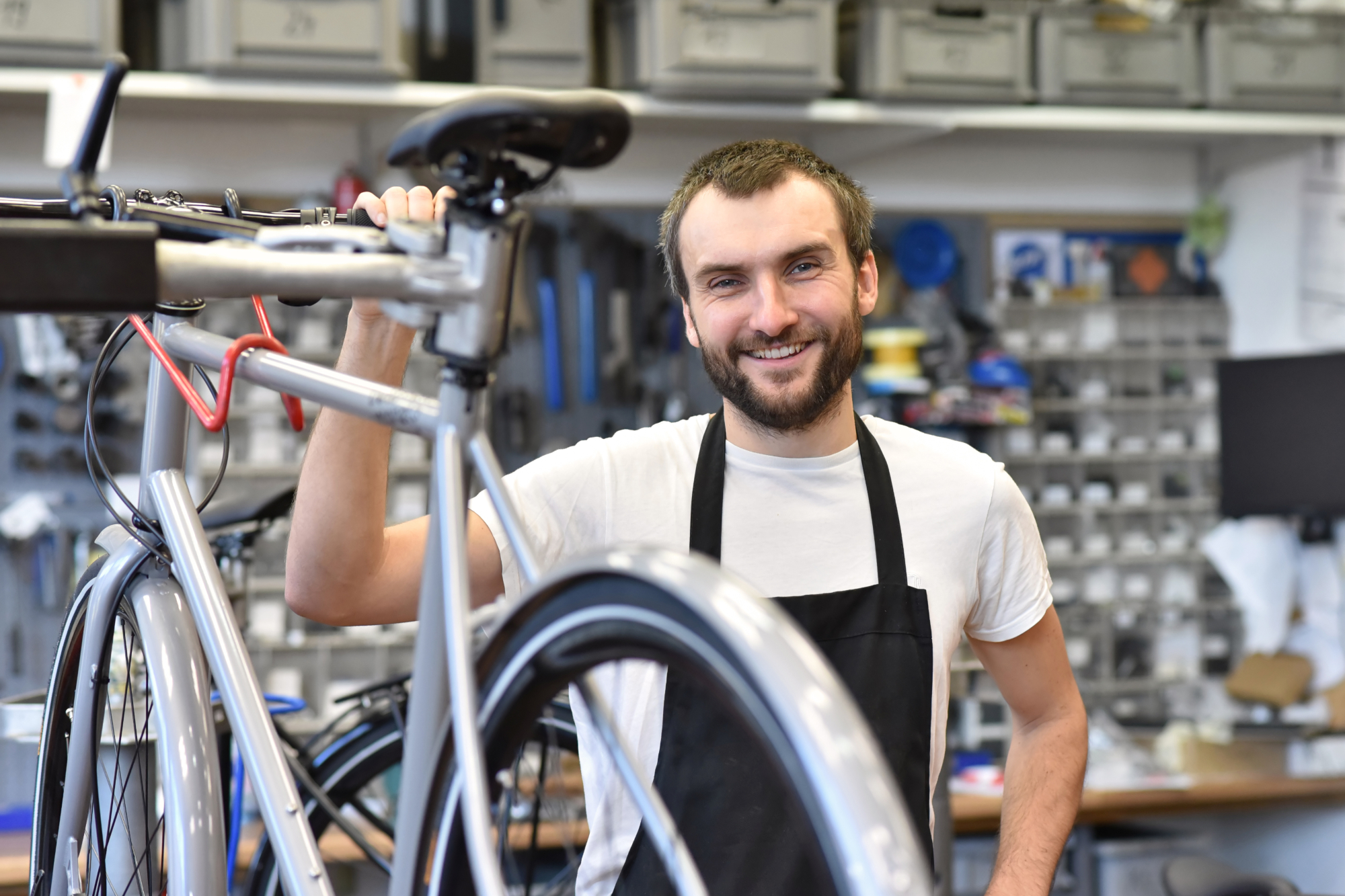
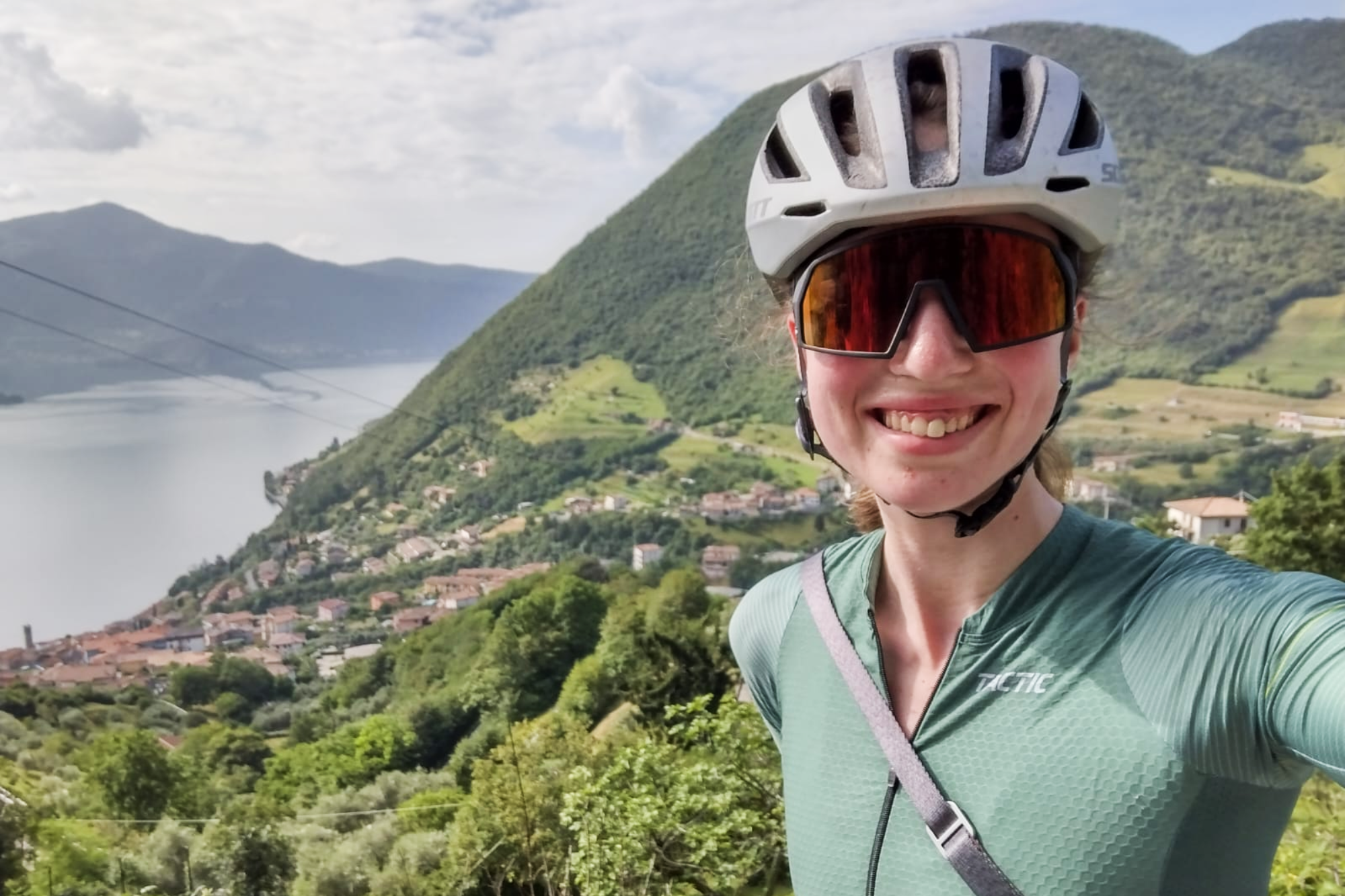
Although the price of new bikes has shot up in recent years, it is still possible to find high-quality options at reasonable prices – if you know where to look.
Whether it's keeping an eye on the best bike deals or choosing from one of the best cheap road bikes or best road bikes under £1000 on the market, there are plenty of ways to go about it.
But there are still pitfalls that can be run into, and it is easy to waste your money by spending in the wrong areas. Whether your budget is large or small, you are going to want to maximise what you are getting for your money.
Tips for buying a bike on a budget
Have a clear idea of its application
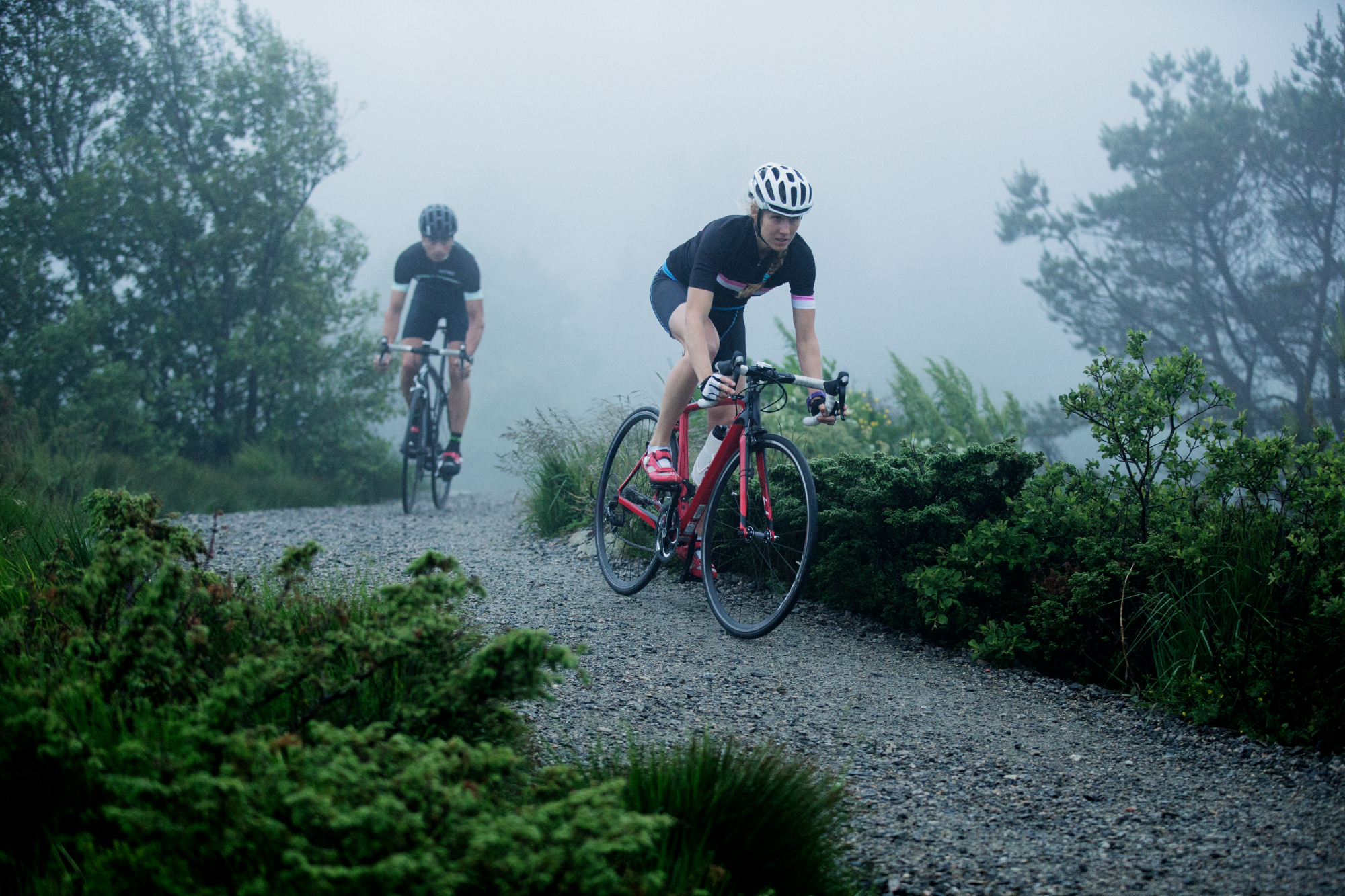
Most fundamental to ensuring you won't want to upgrade the bike a couple of months after you've bought it is ensuring that you're getting the right bike for the kind of riding that you want to do.
If you want a bike to commute to work on - no matter the weather - a dedicated road bike with narrow clearances and no frame mounts is likely to cause frustrations. Going for a bike that can fit wider tyres, mudguards and even the option for a pannier rack will be more likely to fulfil your needs - you'll find these traits in the best commuter bikes.
Or if you’re dipping your toes into road cycling for the first time, opting for a bike with drop handlebars rather than a straight bar will put you in a far more efficient position for covering miles.
Or if you’re looking to enter a few road races, really making sure you’re getting a bike with the right road bike geometry for fast steering and a low position will save any feelings of buyer’s regret a couple of months down the line.
Focus on the frame
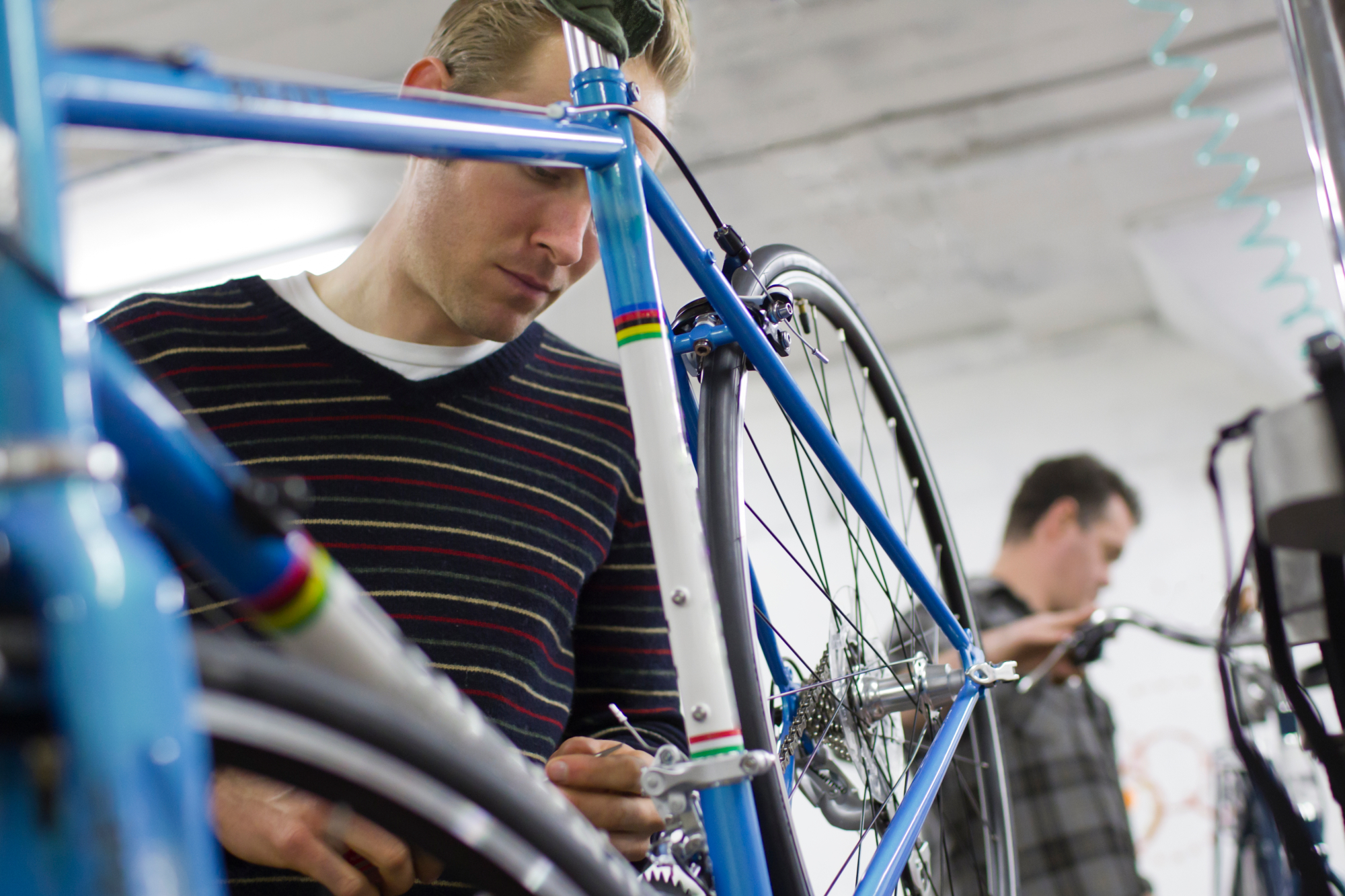
The nice thing about bikes is that there is always room for upgrades. You can buy a bike now and over time build it up into your dream steed. But with this, there is always the conundrum: whether to buy a bike with a good frame but worse components, or a bike with a worse frame and better components.
In the overwhelming majority of cases, you should go for the better frame and take a hit on the components. There are a couple of reasons for this, the first being that buying a frame on its own is surprisingly expensive, often not costing much more than a complete bike.
The second is that if you try and upgrade your frame later, you may well find that many of the components that are already on your bike are not cross compatible meaning you’ll have to replace them too.
Your band-on front mech might need to be changed to a braze on mount. QR wheels may need to be changed to ones with thru axles. Your long drop rim brake calipers might need to be replaced with short drop ones... the list goes on.
If you buy a good frame and upgrade the equipment that it came with down the line, there are no issues with cross compatibility as you can get the right model of each component.
Good aluminium is better than cheap carbon
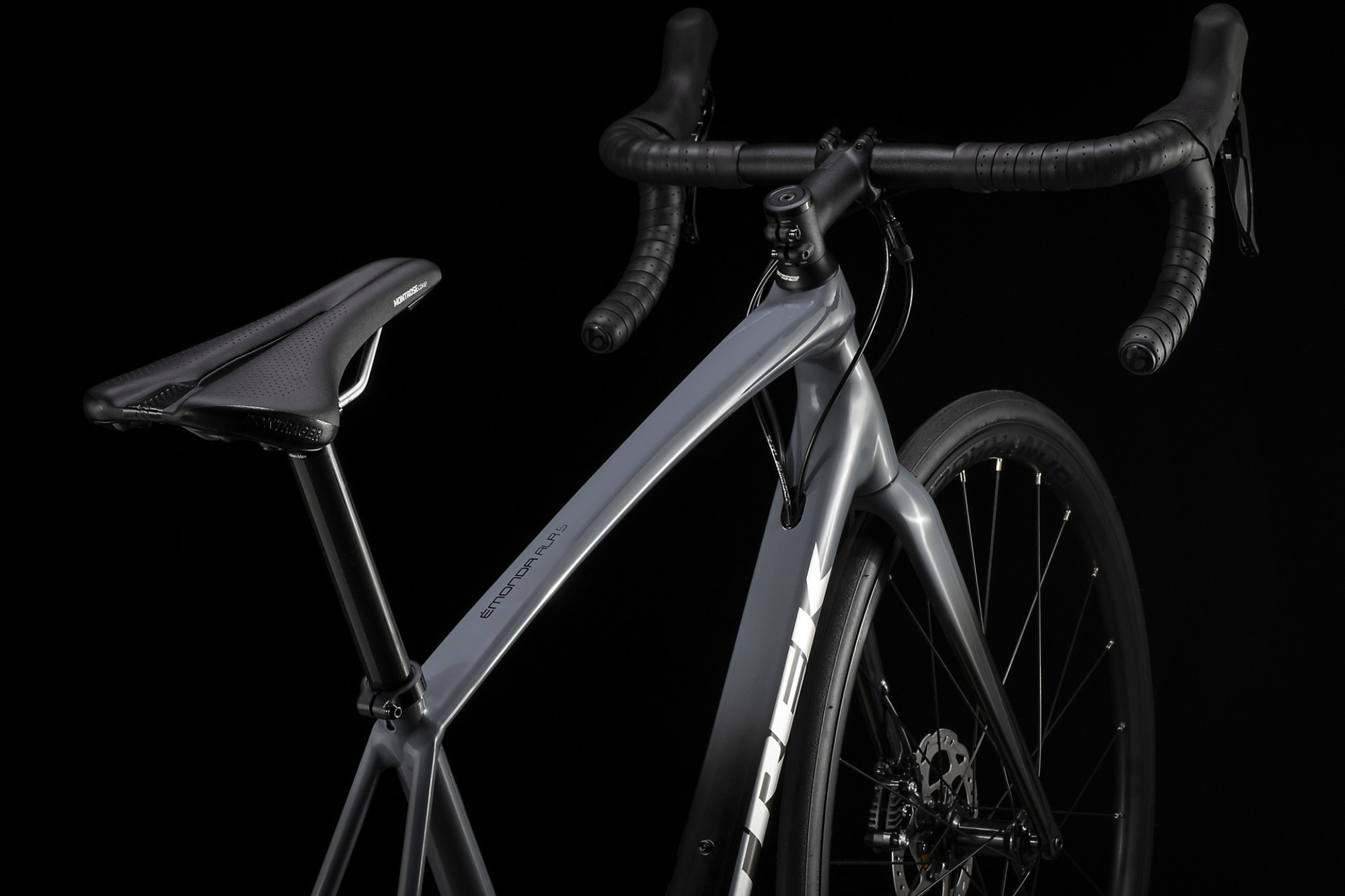
Your next road bike needn't be carbon - aluminium could be a better choice. Yes, carbon components can be made very light, very aerodynamic and dampen vibrations well. But these properties aren’t intrinsic to the material; they come from an extensive research and development along with a complex manufacturing process.
More material is placed where the frame needs to be stiff, while less is used where the frame should be allowed to flex and provide greater comfort.
Cheap carbon bikes cut corners here, so you can end up with a bike that doesn’t save weight and has a harsh ride quality. Aluminium is a cheaper material to work with, so for the same price you can get greater workmanship.
For instance, tubes which vary in thickness down their length and are an appropriate diameter for their purpose. These combine to produce a bike that is light, stiff and comfortable.
To give an idea of the price and weight difference, the Trek Émonda ALR frame weighs a claimed 1,112g in a size 56 with an RRP of £1,150, while the carbon Ribble Endurance SL frame comes in at 1,150g and costs £1,399.
Something else to consider in addition to weight and comfort is the frame’s tolerances. Tight quality control costs money and is another of the things sacrificed for cheap frames.
An area where the results of this often show up is in a creaking bottom bracket. This happens when a carbon frame doesn’t exactly fit its PressFit bottom bracket, or alternatively, if the threaded aluminium sleeve isn’t bonded into the frame completely straight.
Check out 'in-house' brands
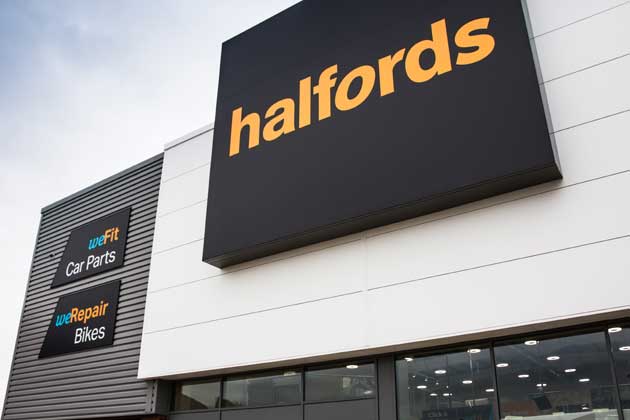
Halfords Derby.
You can be sure that you are getting a good quality bike if you buy it from any of the big bike brands, such as Giant, Specialized or Cannondale, as they have their reputations to uphold. But, as these brands have such a degree of name recognition, you are paying for their name on the downtube as well.
Halford and Decathlon have their own in-house bike brands and can match the Specializeds and Treks of the world pretty closely for economics of scale, but without the added price of brand name cachet. Although significantly cheaper, many of these bikes are still really high quality, and their bikes have often impressed us when we’ve had them on review.
Boardman's SLR 8.9 carbon road bike (for just £1,150) was awarded Cycling Weekly's Editor's Choice last year, for example.
Wait for the sales
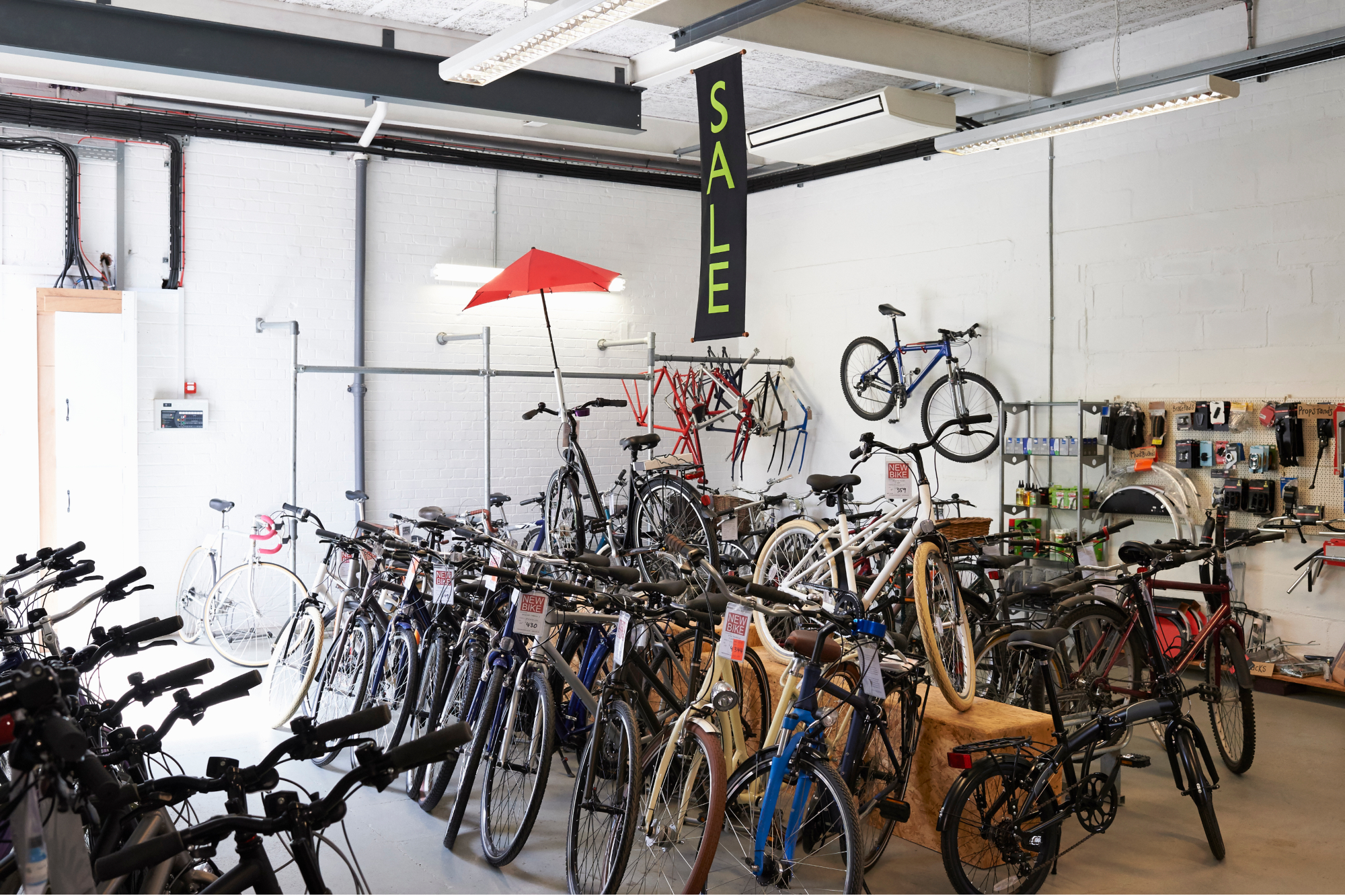
It's an age-old trick covering all sectors, but its use cannot be underplayed: you really can grab a bargain in the sales.
A complete frame redesign takes a lot of time and investment from a bike brand and can’t be done every year. When a brand launches its next year bike, most of the time it will just be a new colour scheme and maybe a few component changes - essentially the same bike as the previous year, but now at a higher price.
Holding off buying your bike until the sales start is an effective way of maximising what you can get for your budget. Brands tend to start releasing new models in September, so that is a good time to on the lookout for bargains.
If you can’t wait for the sales then scouring the discount code websites is a fairly reliable way to save money on your bike. MyVoucherCodes, for example, was offering 10% off at both Tredz Bikes and ProBikeKit, at the time of writing. Registering for email newsletters is also a great hack for getting money-off bike retailers - most of the big brands offer a saving for first time customers, all year round.
Buy second-hand
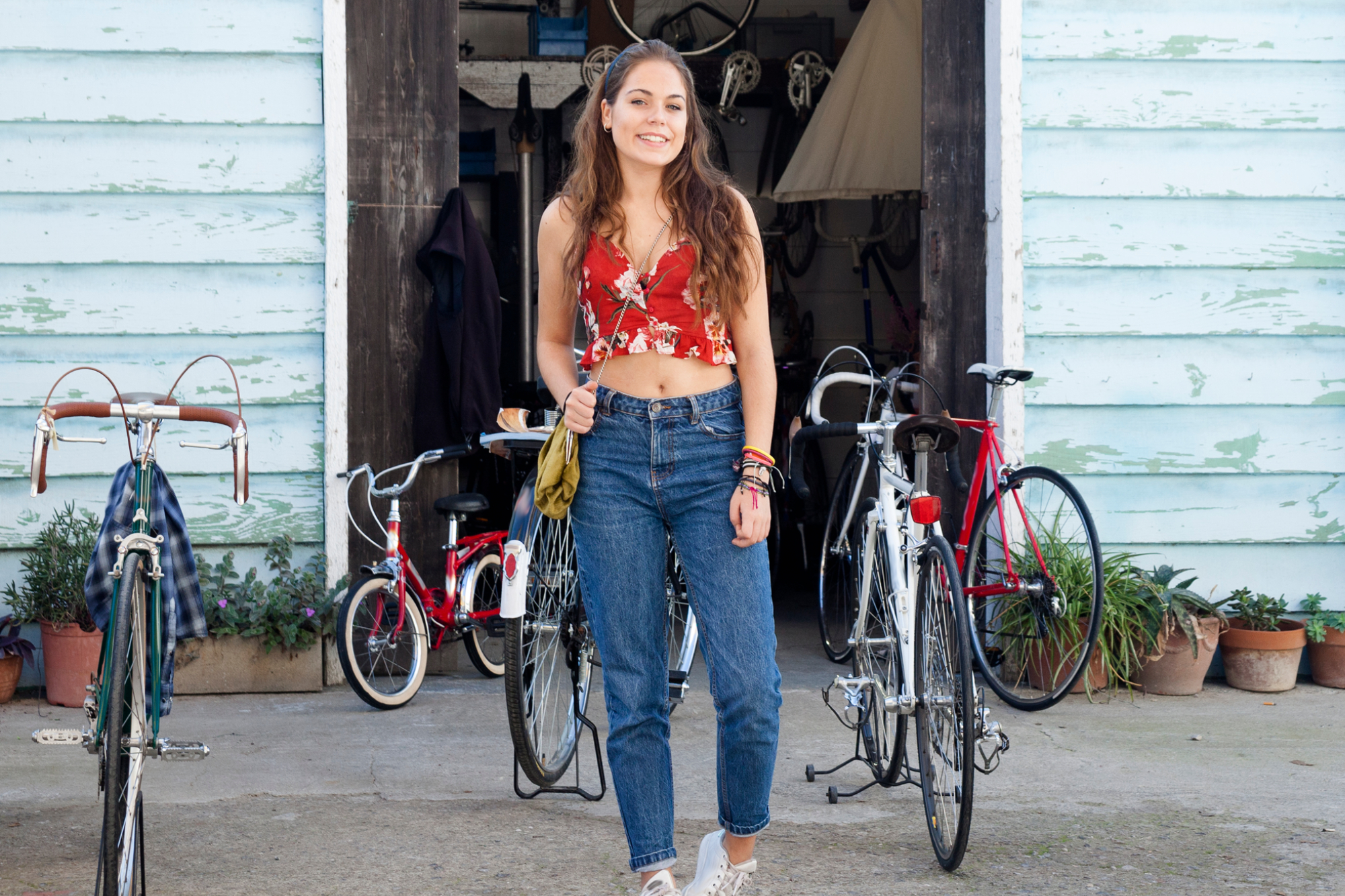
It’s possible to pick up some real bargains when buying a used bike second hand, but there’s also the risk of being ripped off. If you know your way around a bike - or have a friend who does - this can be a great way to get the most out of your budget.
Here's Cycling Weekly's guide on how to buy a bike second hand, with all the advice you’ll need to get the best deal.
Go for a bike fit
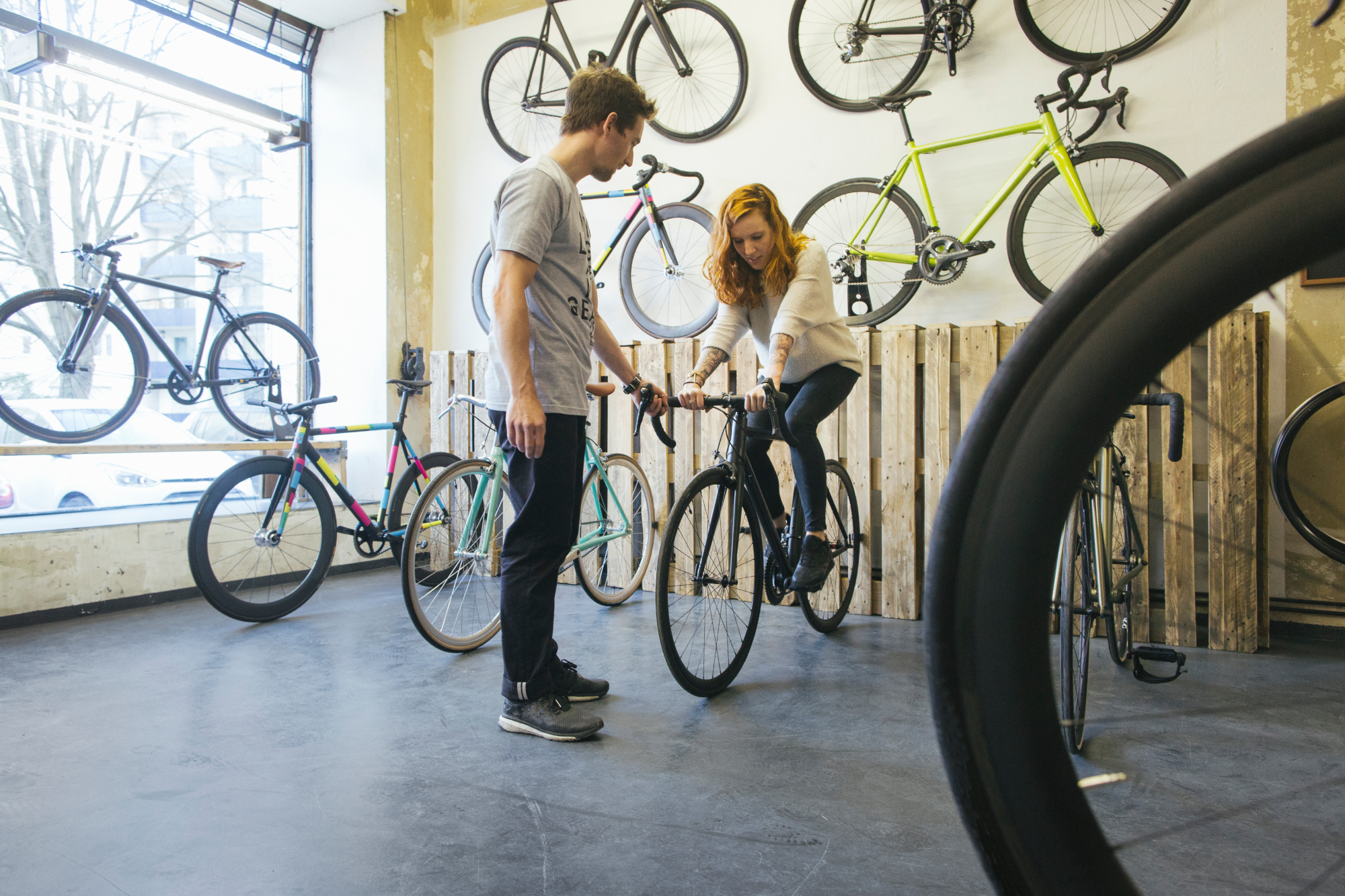
Fancy wheels and a top tier groupset are of little benefit if you get a bike that feels awful to ride because it’s the wrong size. When retailers put on large discounts to clear the last of their stock, it’s easy to be tempted to pick up an XXL for an incredible price. Likewise, for people who are at the extremes of the height spectrum, when trying to buy a second-hand bike it can feel like you have to compromise on the fit.
But this really is a false economy as you’ll soon be wishing you had a bike that properly fits and will likely have to buy again. Your position on the bike is a lot more fundamental to your riding than any of the components, as if it isn't set up correctly it could cause - or be contributing towards - neck pain, wrist pain, knee pain and lower back pain, and so finding a bike that fits you should really be your top priorities.
Here's our guide to road bike sizes to help you find a frame that fits.
A fresh bike fit is also very important as your optimium riding position changes over time according to age, weight and flexibility - here's what you can expect at a bike fit and some fitters we recommend in the UK.
What gears to go for
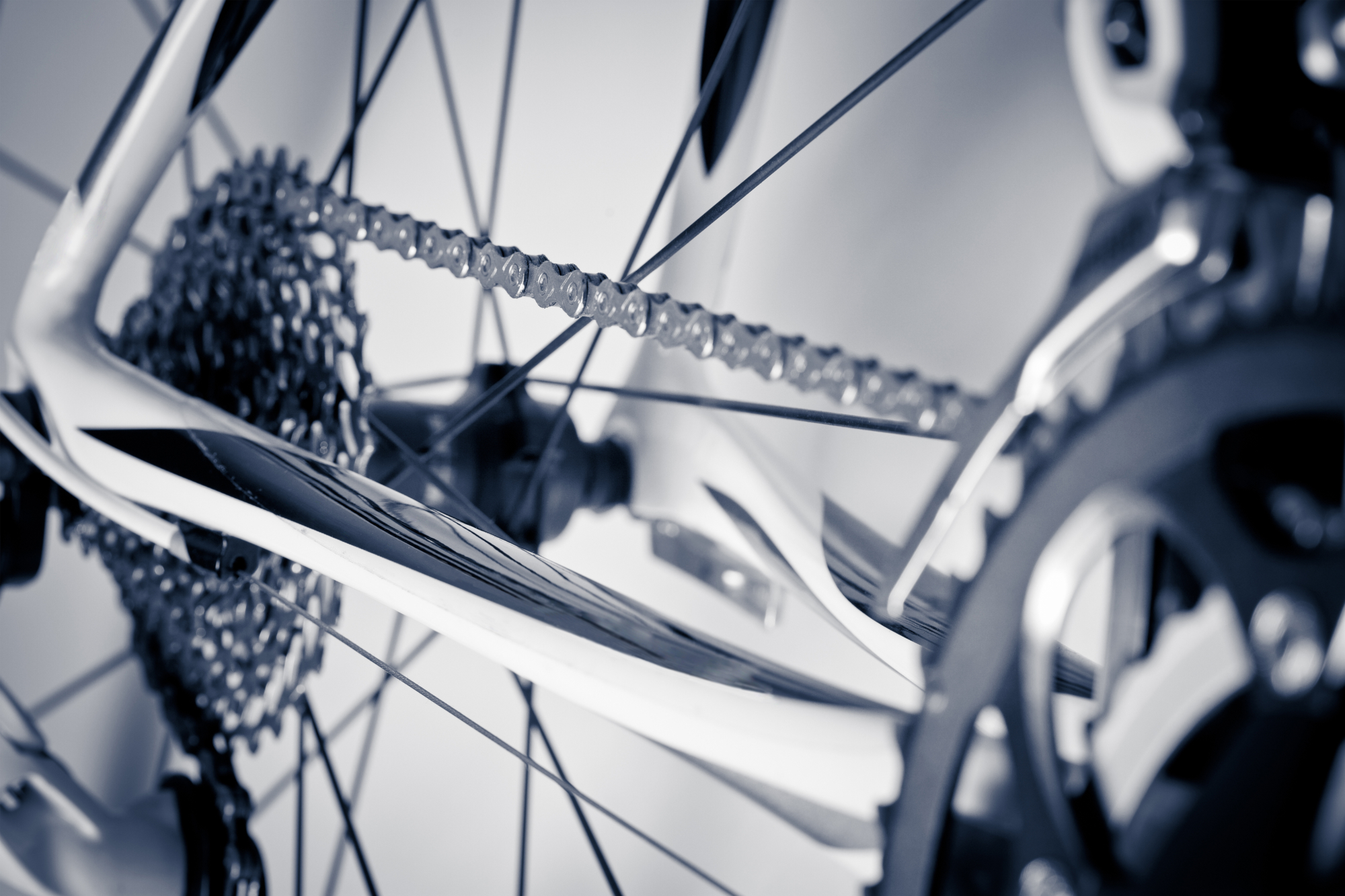
It’s easy to get sucked into a 'higher numbers = better' mentality. But it helps to think objectively about what your requirements and whether the extra gear will actually help you, or if it’s an area where you can save some money.
An 11-speed cassette doesn’t make you 10% faster than a 10-speed cassette would. There are two benefits an extra gear can bring, the first is that you can have more closely spaced gears for the same gearing range. That means your top gear and bottom gear remain the same, but the jumps between gears are slightly smaller, and thus you are less likely to find yourself stuck between one that’s too hard and one that’s too easy.
Alternatively, you could use that extra gear to increase your gearing range and keep with the same gaps between the gears. This means you can have an easier bottom gear or a harder top gear, but the jumps between the gears will therefore remain the same.
If you’re fussy about large jumps between gears but don’t require a large range, or if you want a large range but aren’t fazed by slightly bigger jumps between gears, a 10 speed groupset could be all you need. Opting for a lower tier groupset can free up some more of your budget for getting a better frameset or wheels which can make a far larger impact on your rides.
Save some money for accessories
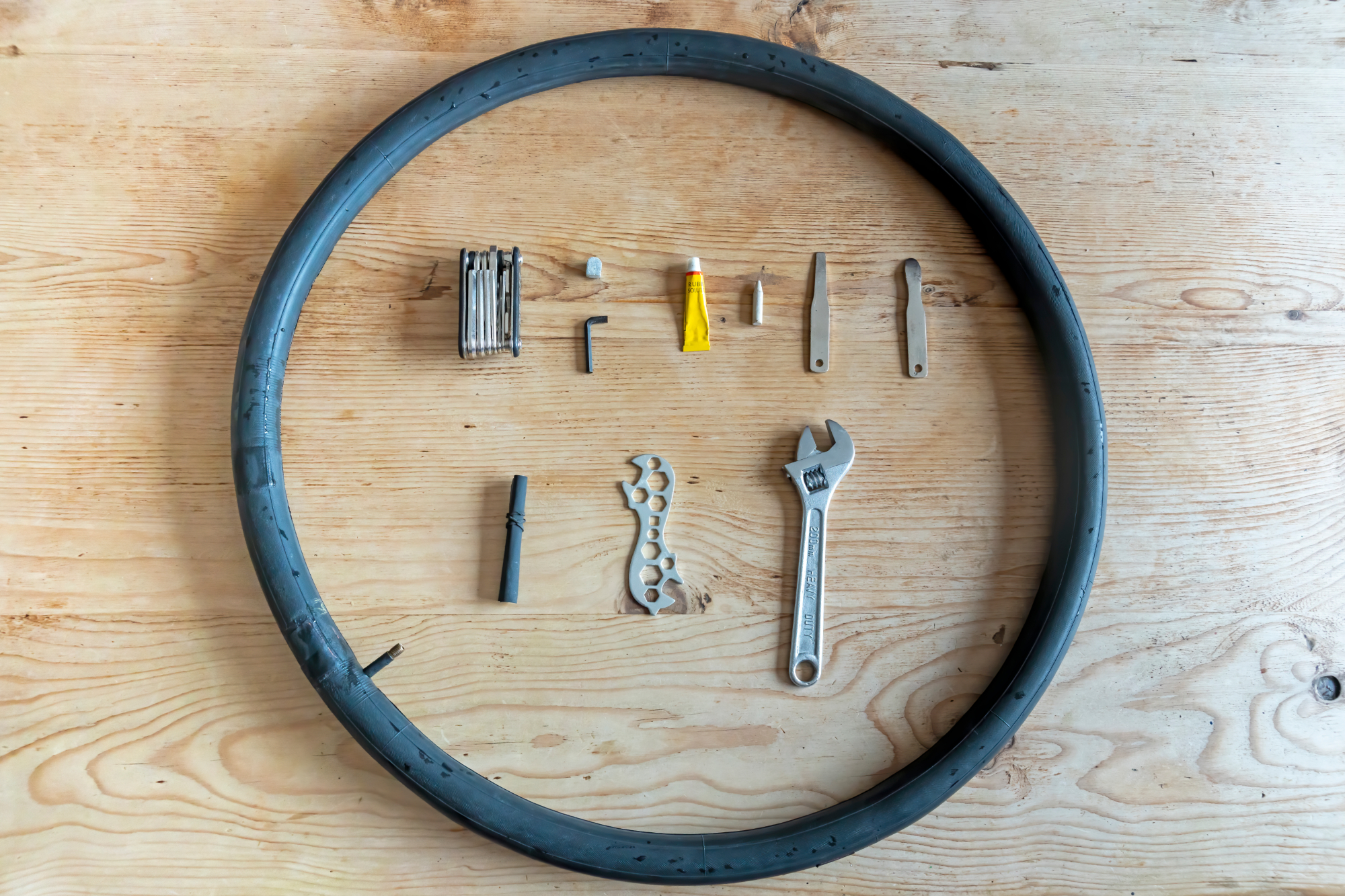
If you’re on a strict budget, make sure to factor in some money for the necessary accessories. If you have £1,000 to spend and get a bike for £999, you’re not going to have as good an experience as someone who saved some cash for proper cycling kit and tools.
Kit-wise, you’ll want at the very least a set of cycling specific shorts and a jersey along with a helmet. Getting some arm and leg warmers along with a rain jacket will greatly increase the range of conditions you’ll find it comfortable to cycle in.
The bare necessities when it comes to tools are a set of Allen keys, puncture repair kit, tyre levers, pump and spare inner tubes. Although getting a proper tool set might be a little large of an initial outlay, being able to repair your bike yourself will save you a lot of money in the long run over taking it to a bike shop.
Here are some other ways of implementing cycling-related money-saving practices into your life.

Thank you for reading 20 articles this month* Join now for unlimited access
Enjoy your first month for just £1 / $1 / €1
*Read 5 free articles per month without a subscription

Join now for unlimited access
Try first month for just £1 / $1 / €1
Get The Leadout Newsletter
The latest race content, interviews, features, reviews and expert buying guides, direct to your inbox!

I’ve been hooked on bikes ever since the age of 12 and my first lap of the Hillingdon Cycle Circuit in the bright yellow kit of the Hillingdon Slipstreamers. For a time, my cycling life centred around racing road and track.
But that’s since broadened to include multiday two-wheeled, one-sleeping-bag adventures over whatever terrain I happen to meet - with a two-week bikepacking trip from Budapest into the mountains of Slovakia being just the latest.
I still enjoy lining up on a start line, though, racing the British Gravel Championships and finding myself on the podium at the enduro-style gravel event, Gritfest in 2022.
Height: 177cm
Weight: 60–63kg
-
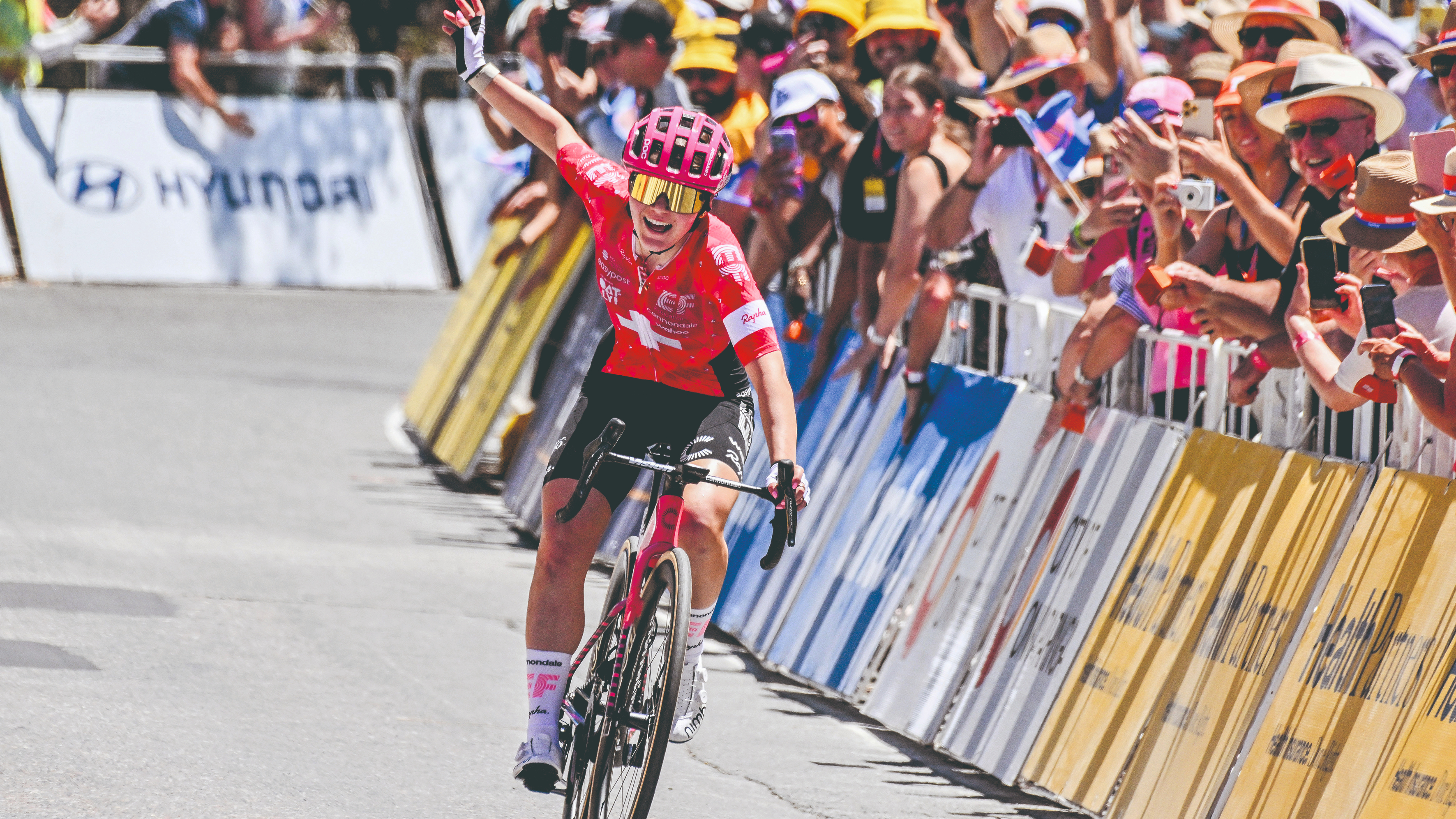 How do the pros train? Noemi Rüegg's 26 hour training week
How do the pros train? Noemi Rüegg's 26 hour training weekWinner of this year’s Tour Down Under, the EF Education-Oatly rider is a climber whose talent is taking her to the top
By Chris Marshall-Bell
-
 Save £42 on the same tyres that Mathieu Van de Poel won Paris-Roubaix on, this Easter weekend
Save £42 on the same tyres that Mathieu Van de Poel won Paris-Roubaix on, this Easter weekendDeals Its rare that Pirelli P-Zero Race TLR RS can be found on sale, and certainly not with a whopping 25% discount, grab a pair this weekend before they go...
By Matt Ischt-Barnard
